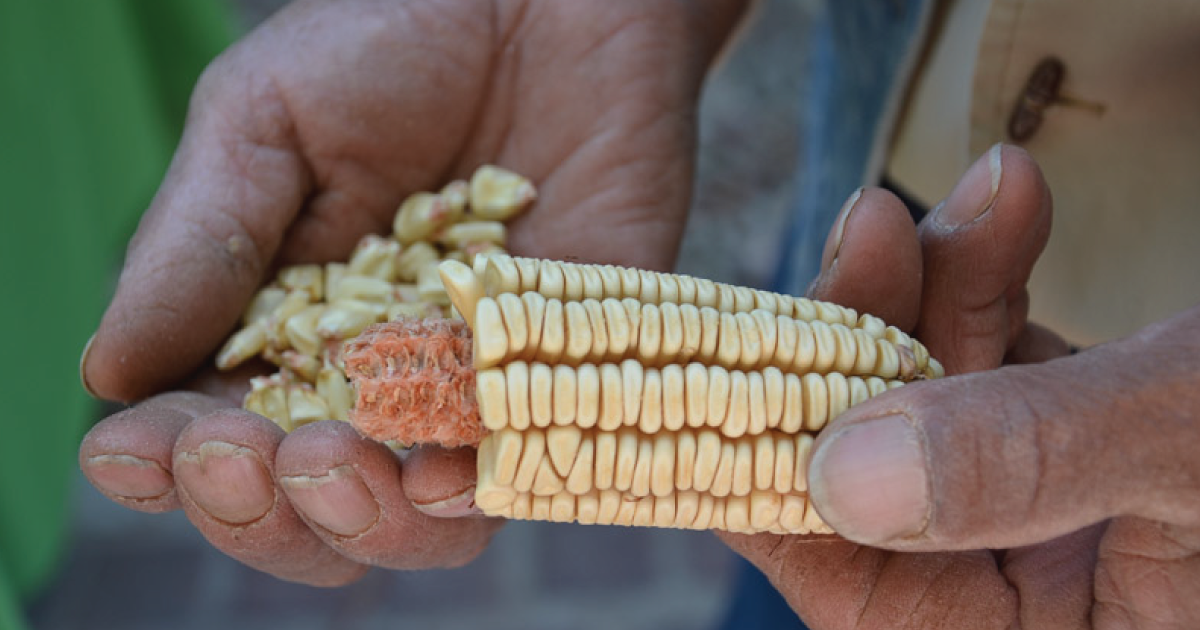
Mexico Is Phasing Out Imports of Glyphosate and GMO corn. Supporters Say That Could Reverse Years of Damage From U.S. Trade Policy.
Last month, on her first international trip as Vice President, Kamala Harris offered a blunt message to Mexican and Central American migrants considering “the dangerous trek” to the United States: “Do not come.” Rather than quell waves of migration through punitive measures at the border, she said, the Biden administration would encourage people to remain in their own countries by focusing on programs that provide “hope at home.”
July 19, 2021 | Source: The Counter | by Renée Alexander
President López Obrador’s decree could forge the “hope at home” U.S. officials espouse.
Last month, on her first international trip as Vice President, Kamala Harris offered a blunt message to Mexican and Central American migrants considering “the dangerous trek” to the United States: “Do not come.” Rather than quell waves of migration through punitive measures at the border, she said, the Biden administration would encourage people to remain in their own countries by focusing on programs that provide “hope at home.”
The administration’s idea (at least in theory) is to focus on root causes for the departure, rather than crack down on those who are vulnerable—or desperate—enough to risk the journey. But any attempt at genuine reform will need to weigh the impact of U.S. trade policies on poverty abroad, particularly relating to food and agriculture.
Mexico is now the United States’ single largest agricultural trading partner, largely the result of the North American Free Trade Agreement (NAFTA), a treaty enacted in 1994 that eliminated tariffs on the majority of goods produced and traded between the United States, Mexico, and Canada. Although NAFTA was heralded by the U.S. government for reducing barriers to trade, as The Counter previously reported, the pact devastated rural economies in Mexico, flooding the market with cheap, government-subsidized U.S. corn and gutting domestic corn prices by nearly 70 percent. This shift led an estimated 2 million farmworkers to abandon the countryside to seek work in big cities or across the border in the United States.
